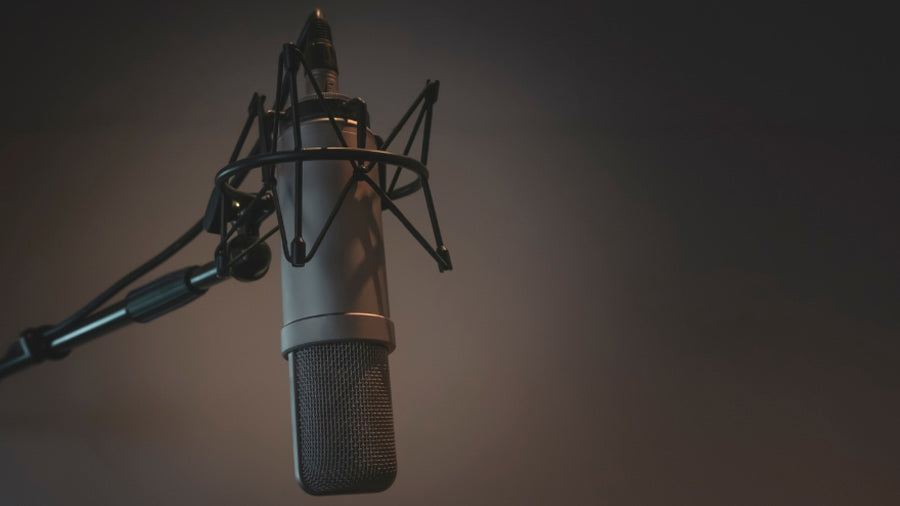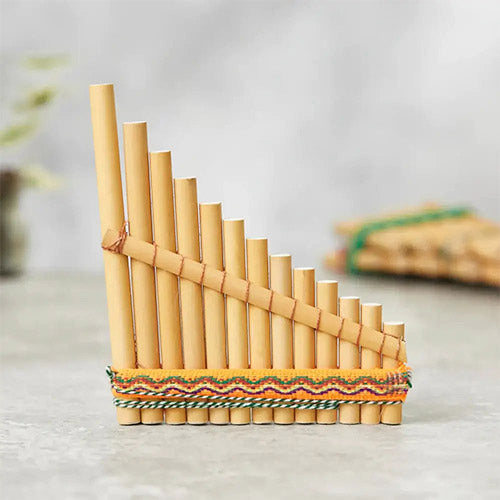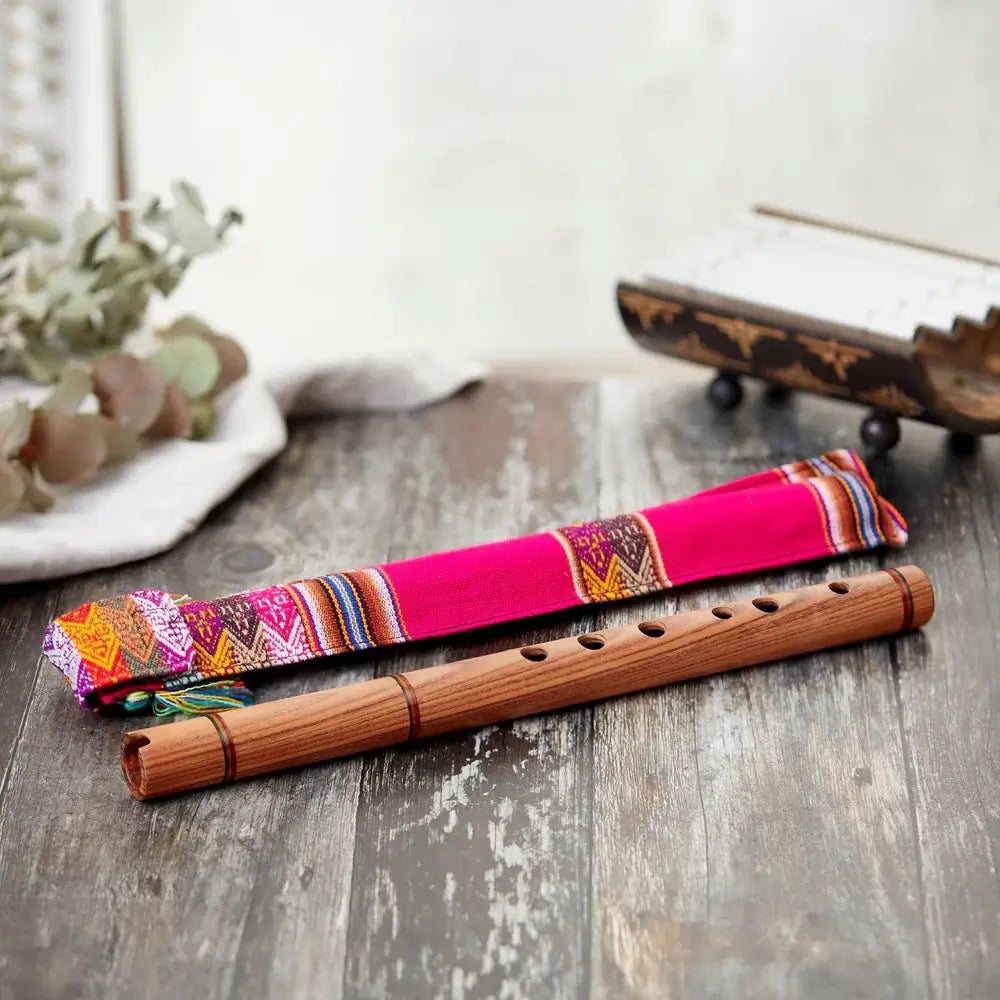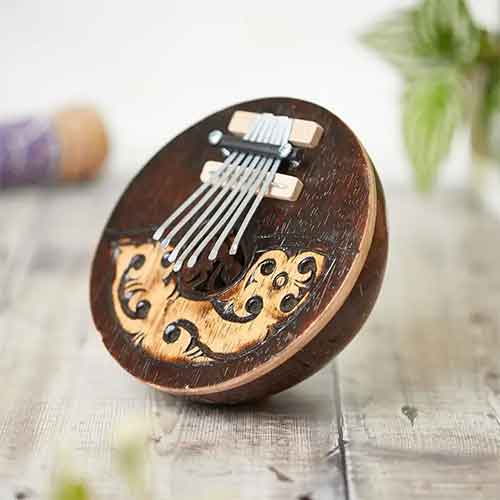Understanding microphones is fundamental for beginners entering the world of audio recording, whether for podcasting, music, or any sound-driven field. This guide will walk you through everything you need to know, from purchasing your first microphone to exploring advanced technologies and various microphone types.
Where to Buy a Microphone (Buying Guide)
Before looking at microphones you will need to know where to acquire the tool that will be your voice to the world—the microphone. Your journey to buying a microphone should start with a consideration of the brands synonymous with quality. Brands such as JBL, Yamaha, and Realtek have carved out reputations for offering various products catering to different needs and price points.
When looking for a place to buy a microphone, you have two main options: online outlets or physical stores. Online shopping offers the convenience of browsing many choices from the comfort of your home. Websites like Amazon, Sweetwater, and B&H Photo Video are treasure troves for microphone lovers, offering detailed quality ratings, customer reviews, and often better prices. However, if you prefer a hands-on approach, visiting a local music store or electronics outlet allows you to test the microphone and get a feel for it before making a purchase.
The price of a microphone can vary significantly based on its type, brand, and the technology it employs. When buying a microphone, you should also consider purchasing additional accessories to enhance your recording experience. Items such as a boom arm for stable positioning, a foam cover for noise cancellation, or a shock mount to reduce vibration noise are all valuable additions. If you're into mobile recording, consider looking into wireless pieces or a lapel mic that offers freedom of movement.
Different Microphone Types (Explained)
Microphones come in various shapes and sizes, each designed for specific applications and environments. To explain the types of different microphones, we'll start with the basics. The two main categories you will come across are dynamic and condenser microphones.
Dynamic microphones
These microphones are known for their durability and ability to handle high sound pressure levels, making them suitable for live performances and loud environments. They are generally less expensive and do not require an external power source, which makes them a popular choice for beginners.
Condenser microphones
Condenser microphones are more sensitive and offer a higher-quality audio signal, which is ideal for studio recording. They capture sound with greater detail and clarity, making them the preferred choice for vocals and acoustic instruments. However, they require a power source, such as phantom power provided by a mixer or audio interface.
Other types of microphones
Beyond these two primary types, there are other specialized microphones like ribbon, USB, shotgun, and boundary microphones. USB microphones are particularly convenient for PC use, as they can be plugged directly into your computer without additional hardware. Shotgun microphones are highly directional and are often used in film production to capture dialogue. Ribbon microphones are prized for their warm sound characteristics, usually favored in studio environments for recording instruments and vocals.
Advanced Technology: Usage of Microphones
The world of microphones is not just about picking the right type; it's also about leveraging advanced technologies to get the best sound quality. Wireless microphones, for instance, have become increasingly popular for their convenience and flexibility. Brands like JBL and Yamaha offer high-definition wireless systems that provide crystal-clear audio without the hassle of cables.
Bluetooth technology has also opened up new possibilities for microphones. Bluetooth microphones can be paired with a variety of devices, from smartphones to speakers, making them perfect for impromptu performances or presentations. Some models even have a built-in speaker, allowing you to monitor your sound in real time without any extra equipment.
Noise-canceling technology is another advancement in microphones. It uses sophisticated algorithms to filter background noise, ensuring your voice is heard clearly, even in noisy environments. This technology is beneficial in headset microphones, which are commonly used in gaming and telecommunication.
All About Microphones
Microphones are not just about capturing sound; they are an extension of your creative expression. Whether you're a podcaster, a musician, or a professional speaker, the quality of your microphone can significantly impact your audience's experience. Understanding a microphone's parts and functions will help you optimize its performance.
Every microphone has a capsule that contains a diaphragm. This part vibrates in response to sound waves and converts them into electrical signals. The size and material of the diaphragm play a crucial role in determining the microphone's sound characteristics. For instance, large-diaphragm condenser microphones are known for capturing more detail and a more comprehensive frequency range, so they are preferred for studio recordings.
Microphone accessories are also essential to consider. A good stand or boom arm ensures that your microphone is securely held at the right angle and distance from the sound source. This can significantly affect the recording quality by reducing unwanted noise and feedback. Holders and clamps are essential for mounting microphones on instruments or surfaces, and a pop filter can help to eliminate plosive sounds that can distort your recording.
Regarding connectivity, the microphone jack and cable are the lifelines connecting your microphone to the recording device. To prevent signal loss, use a high-quality cable and ensure the jack port is clean and secure. If you're using a wireless system, the receiver must be appropriately configured to avoid interference.
The world of microphones is vast and filled with options to suit every need and budget. Whether you're looking for a simple plug-and-play solution for PC or a sophisticated recording set with a condenser microphone and advanced features like autotune, there's something out there for you. When making your choice, keep in mind the importance of the microphone's quality rating, the brand's reputation, and the specific application you need the microphone for.
Professional microphone pickup
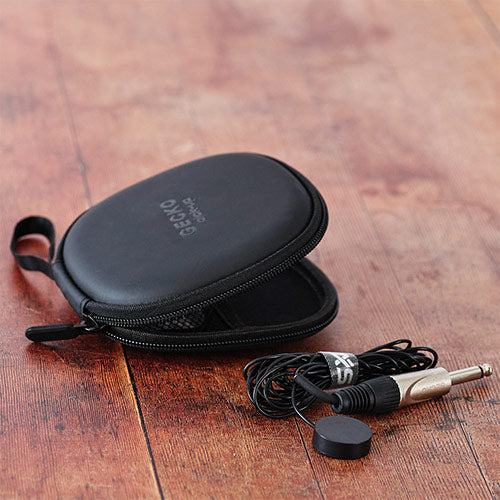
Investing in a professional microphone pickup offers numerous advantages. These microphones are engineered to deliver high-quality sound reproduction with clarity and fidelity, making them versatile tools suitable for various applications such as studio recording, live performances, broadcasting, and podcasting.
With wide frequency response ranges, they accurately capture the full spectrum of sound while minimising unwanted noise and interference. Compatible with a range of audio equipment, they represent an investment in quality audio production, enabling users to achieve professional-level results. You can purchase our professional microphone pickup here.
Microphones (Frequently Asked Questions)
What is the difference between dynamic and condenser microphones?
Dynamic microphones are rugged and versatile, suitable for live performances and recording loud sound sources. Condenser microphones are more sensitive and provide a wider frequency response, making them ideal for capturing subtle details in studio recordings and broadcasting.
What is the difference between XLR and USB microphones?
XLR microphones use a standard three-pin XLR connector and require an audio interface or mixer with XLR inputs to connect to a recording device. USB microphones have a built-in analog-to-digital converter and connect directly to a computer or recording device via USB, making them convenient for home recording setups.
How do I prevent feedback when using microphones in live sound setups?
To prevent feedback, ensure that the microphone and speakers are positioned properly, use graphic equalizers to notch out frequencies prone to feedback, and maintain a safe distance between microphones and speakers. Using feedback suppressors or implementing soundproofing measures can help mitigate feedback issues.
How do I clean and maintain my microphone?
To clean your microphone, gently wipe the grille and body with a soft, damp cloth. Avoid using harsh chemicals or solvents that may damage the microphone's finish. Regular maintenance includes checking cables for damage, storing microphones in protective cases when not in use, and avoiding exposure to extreme temperatures or humidity.
Can I use a microphone with my smartphone or tablet?
Yes, you can use microphones with smartphones and tablets by using compatible adapters or interfaces. There are also microphones specifically designed for mobile devices, such as lavalier microphones with TRRS connectors or USB microphones with OTG (On-The-Go) support for Android devices.
Up Next: Panpipe Lessons for Beginners Course

